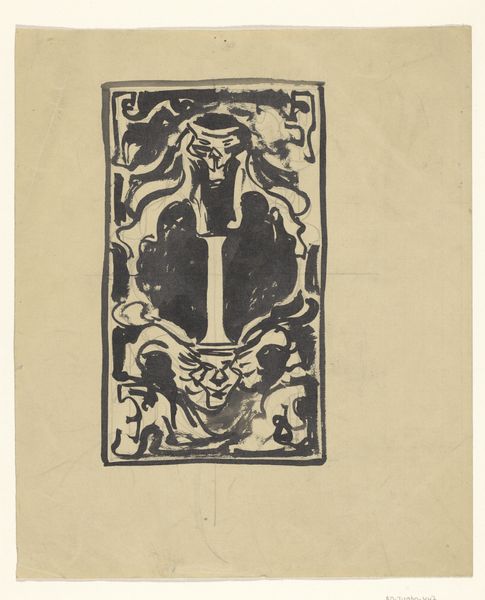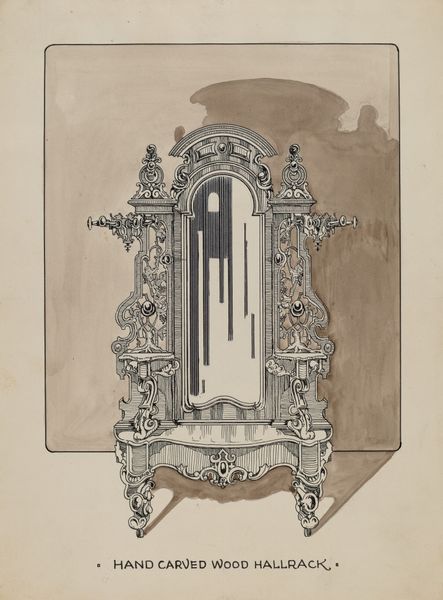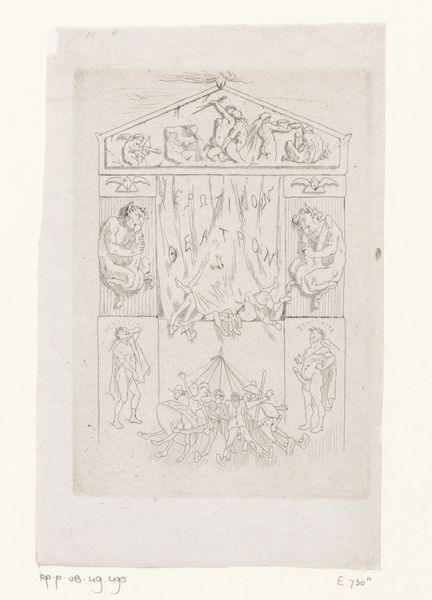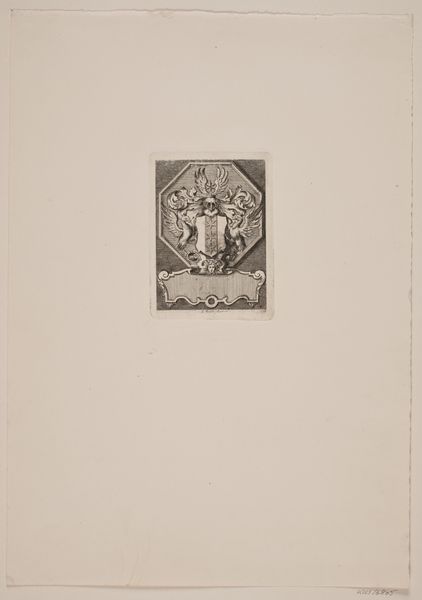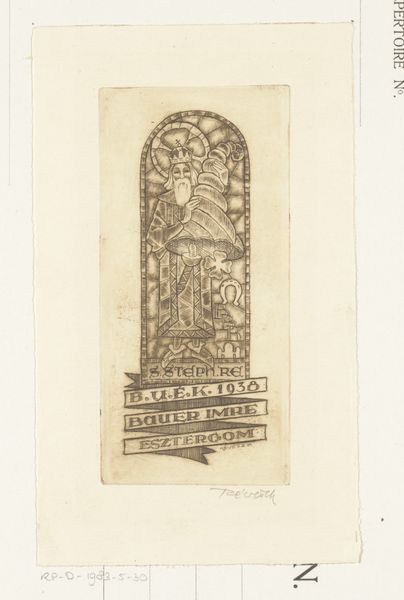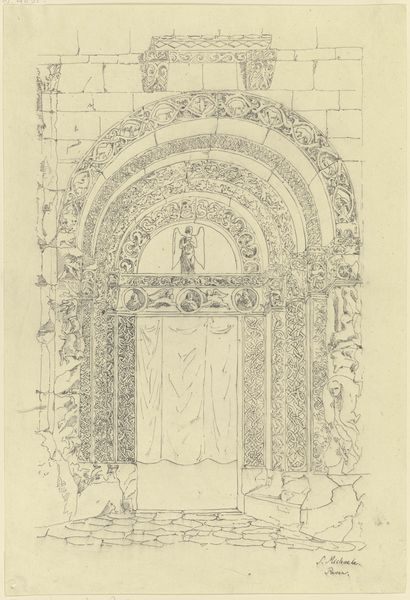
drawing, ink, pen
#
drawing
#
narrative-art
#
animal
#
pen sketch
#
figuration
#
ink
#
pen-ink sketch
#
pen work
#
symbolism
#
pen
Dimensions: height 347 mm, width 282 mm
Copyright: Rijks Museum: Open Domain
Curator: This ink drawing, made around 1910, is titled "Luipaard, beer en wolf (Firapeel, Bruun en Isegrim)," and it's attributed to Bernard Willem Wierink. What are your immediate thoughts? Editor: It has an undeniable Gothic darkness. I’m drawn to the texture created by the pen work, but also a little disturbed by the intensity of the animals' expressions. Curator: Yes, the piece has strong Symbolist overtones in its figuration. Observe how the artist employs ink to produce both delicate lines and heavier shadows, achieving a nuanced interplay of light and dark. The composition, too, is notably framed; the upper register feels almost architectural. Editor: The method is fascinating. It makes me wonder, was Wierink using a quill or a more modern pen? And where would the paper have been sourced at the time? These are, of course, loaded characters, aren't they? Was this designed as an illustration or a presentation piece? Curator: Function is difficult to be certain about here; this kind of symbolic form was meant to tap into a realm deeper than direct communication. The artist is manipulating the structure to evoke emotion more than impart pure representation. Consider, also, how Wierink utilizes the varying thicknesses of line to generate visual weight. Editor: Absolutely, and these characterizations, I wonder if this depicts figures from folklore? How does this particular narrative then play into the historical context of the piece being made and what sort of social function would these animals fulfill? Curator: You are astute to consider the narrative function within the sociohistorical context, the employment of these figures certainly echoes a tradition of bestowing morality lessons, particularly ones centered on ideas around civilization and barbarity. I'm very grateful for your point about context. Editor: And I value how you call my attention to the composition. Together, I think we can appreciate not only the intrinsic skill but also what it contributes to a richer understanding of its function and place in art history.
Comments
No comments
Be the first to comment and join the conversation on the ultimate creative platform.

